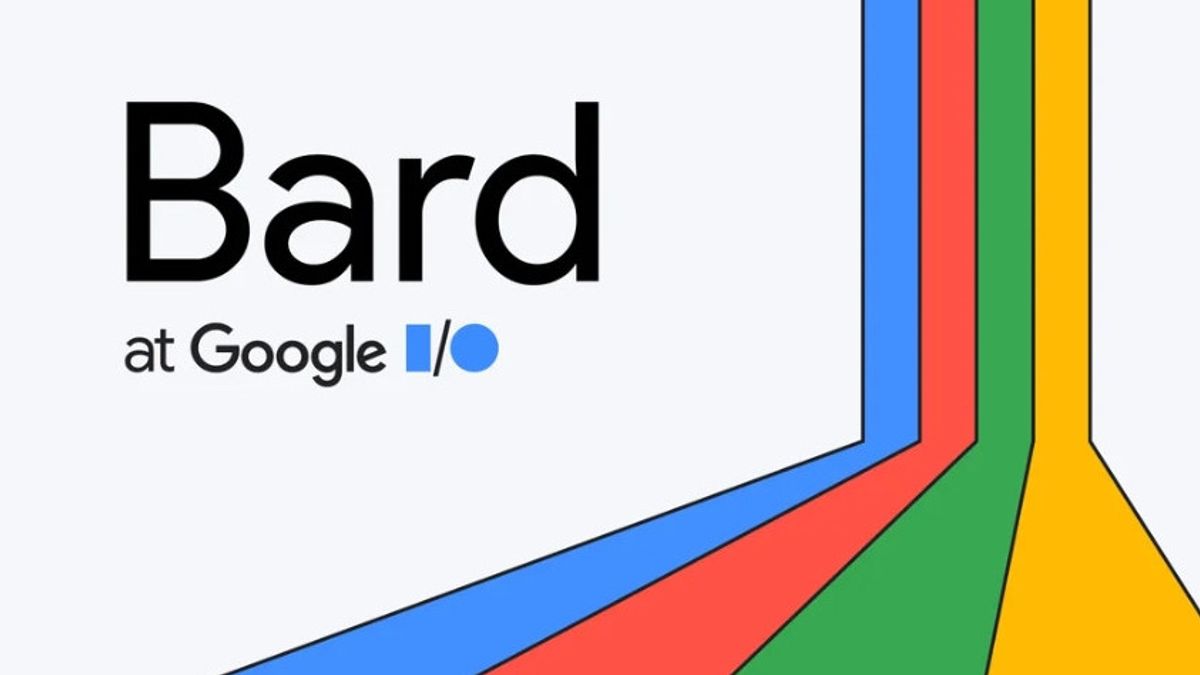JAKARTA - Google Bard has now dropped the waiting list and is available in 180 countries. Most importantly, the Artificial Intelligence (AI) chatbot uses the PaLM 2 Big Language Model (LLM).
PaLM 2 is the next iteration of the PaLM (abbreviation of Pathways Language Model), which was launched in April 2022.
"This sophisticated tool is able to understand more than 100 languages, has the ability of mathematics, logic, and reasoning, as well as previously trained about Python, JavaScript, as well as other coding languages," said Google.
According to Google in recent weeks, coding has become one of the most popular things people do with Bard.
In addition, Bard has also now removed the waiting list and is open to more than 180 countries and regions with more immediate attendance.
Bard is now available in Japanese and Korean, with 40 languages added immediately. The chatbot will also become more visual both in its response and in demand.
When users ask something, they will get answers other than text, but also visuals to give users a much better understanding of what they are exploring.
Images can also be included by users next to text in their own prompt. This can increase imagination and creativity in a completely new way.
"To make it happen, we bring the power of Google Lens directly to Bard. Say you want to have fun using photos of your dog. You can upload them and ask Bard to write funny texts about the two," Google said, quoted Thursday, May 11.
"Using Google Lens, Bard will analyze photos, detect dog breeds, and compose some creative text, all in seconds," he added.
The company also added a key code update to the Bard requested by developers, such as source quotes, dark themes and export buttons.
"We heard that developers love export features to Colab, so in the near future, we are adding the ability to export and run code with our partner's Replit, starting with Python," Google said.
Furthermore, because users often ask Bard to start making email and document drafts, Google has finally launched two more Export Actions, making it easier to move Bard's response directly to Gmail and Documents.
Going forward, Google will integrate the company's application and service capabilities, including Documents, Drive, Gmail, Maps, and others directly into Bard. In this case, users can control privacy suits when deciding how they want to use these tools and extensions.
In the coming months, Google will integrate Adobe Firefly, Adobe's creative generative AI model family, to Bard so that users can create high-quality images, which can then be edited further or add to the design in Adobe Express.
The English, Chinese, Japanese, Arabic, and French versions are automatically generated by the AI. So there may still be inaccuracies in translating, please always see Indonesian as our main language. (system supported by DigitalSiber.id)













